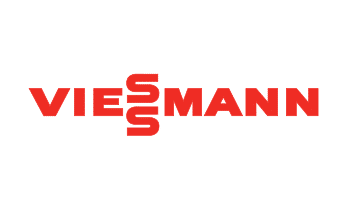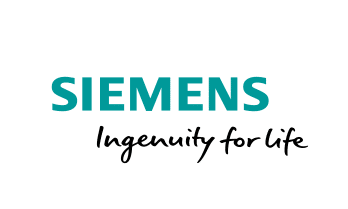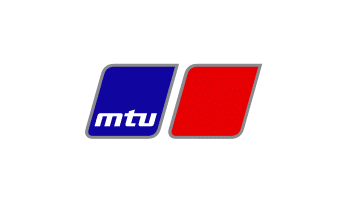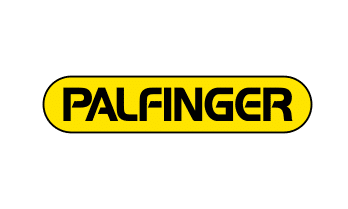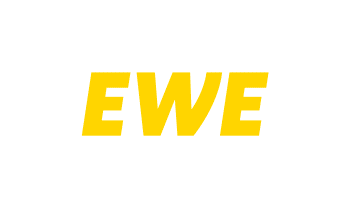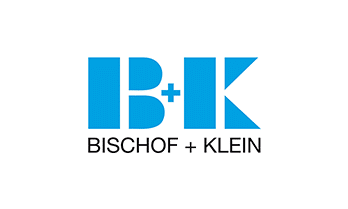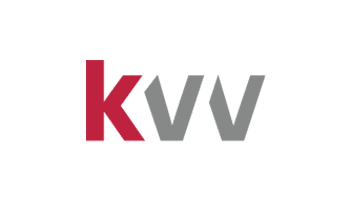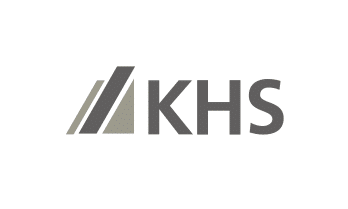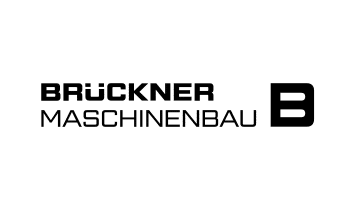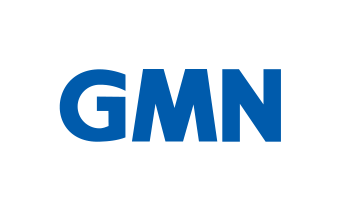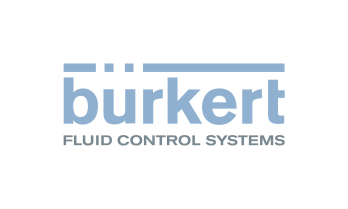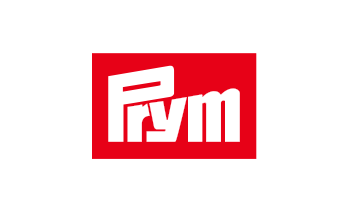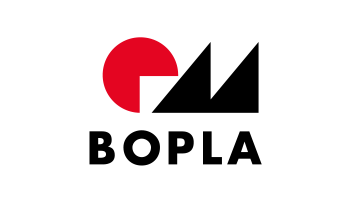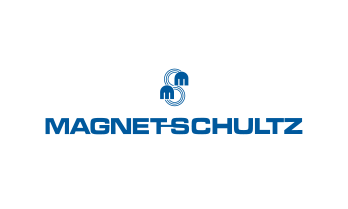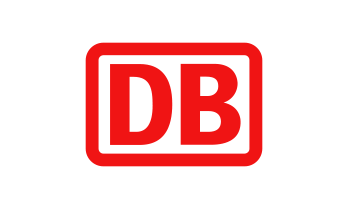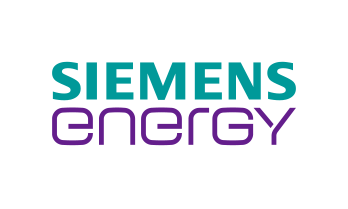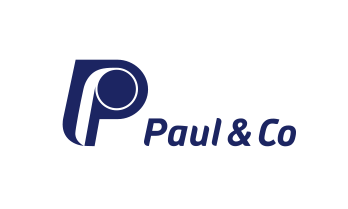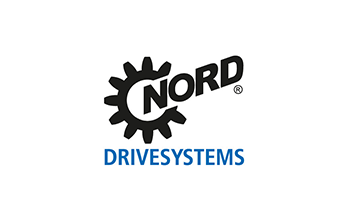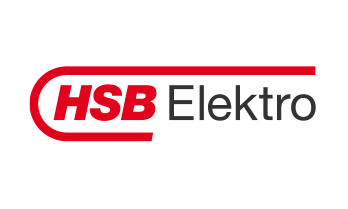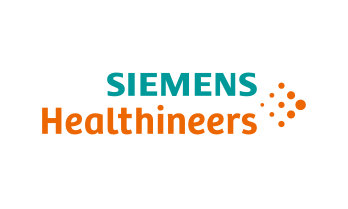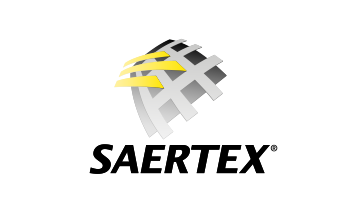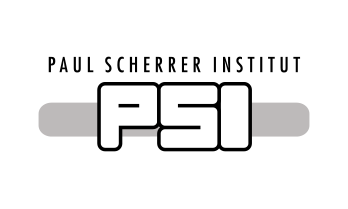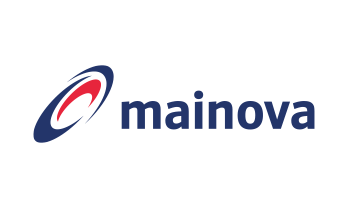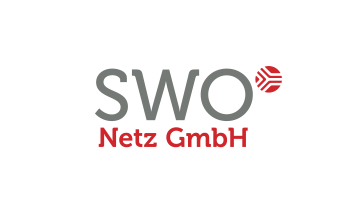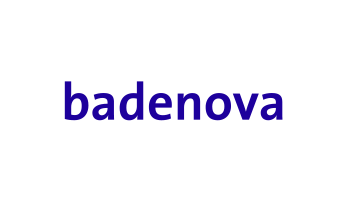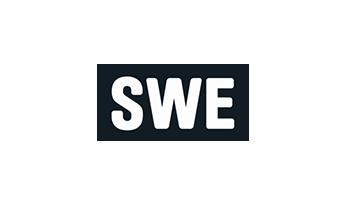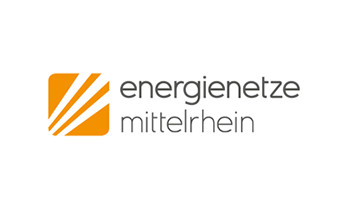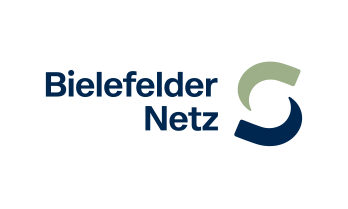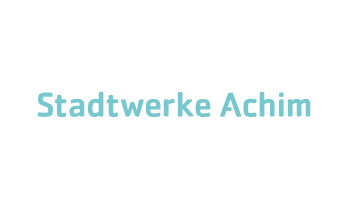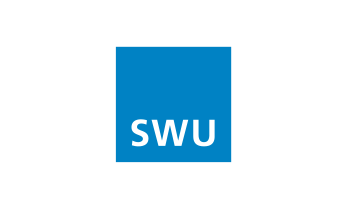COST ECONOMIZATION
Good software is expensive
On average, 60% of IT projects fall outside their previously defined scope, either for time or cost reasons. Realistic planning is essential right from the start. Although this is actually obvious, many companies still take too naive an approach to planning and implementing their applications and end up wondering why they are not successful.
The decisive reason for or against a business application are in most cases the costs or, in the better case, the cost-benefit ratio.

What your new business app really costs
High costs and limited budget
Industry analyst Forrester Research defines eight challenges for companies when it comes to developing custom applications using traditional programming languages, frameworks and middleware.
One of the decisive factors is the high costs and the limited budget.
What are the challenges your organization faces in building custom applications using traditional coding with programming languages, frameworks, and middleware?

Cost drivers1:
Integration into existing systems
Cost drivers during application development are the integration costs. This means that the application only brings the desired added value if it can be integrated into mostly already existing systems, such as SAP. But these can also be other MES systems or CRM systems as well as direct coupling to machines, plants or sensors. In all these cases, the integration effort is always the cost driver.
Cost driver 2:
Adaptation to changing business requirements
It is also becoming increasingly clear that it is not the costs of creating the application but the costs of modifying the software that are actually driving up the costs. Changing business requirements or new requirements are the daily bread of all companies.

THE PROBLEMS AT A GLANCE

HOW THESE PROBLEMS CAN BE SOLVED
Accelerate your app development
Compared to a traditional software development project, the use of Simplifier enables ten times faster app development, causes 60% less development and operating costs and enables almost 100% reuse of apps and features. Simplifier also offers more functionality compared to other similar platforms. For example, a wider selection of preconfigured interfaces to integrate applications into any backend system or machine.
By using the Low Code Platform Simplifier, time, resources and costs for the creation, development and maintenance of applications can be saved.
Minimize integration efforts
Simplifier solves the problem of adapting to changing business requirements sustainably by reducing integration efforts to a minimum. Here, too, the miracle weapon is the configuration option of Simplifier, in that systems, machines or sensors can be connected via a simple configuration.
If requirements change and, for example, one connected system has to be replaced by another, the application does not have to be rewritten. Only the configuration of the interface has to be adapted. For example, a created application can also be used in another plant that uses different systems. Here only the application must be copied and the interface to the systems must be adapted in the configuration.
Efficiency determination
Using Simplifier you can save costs and increase efficiency in your app development projects.


